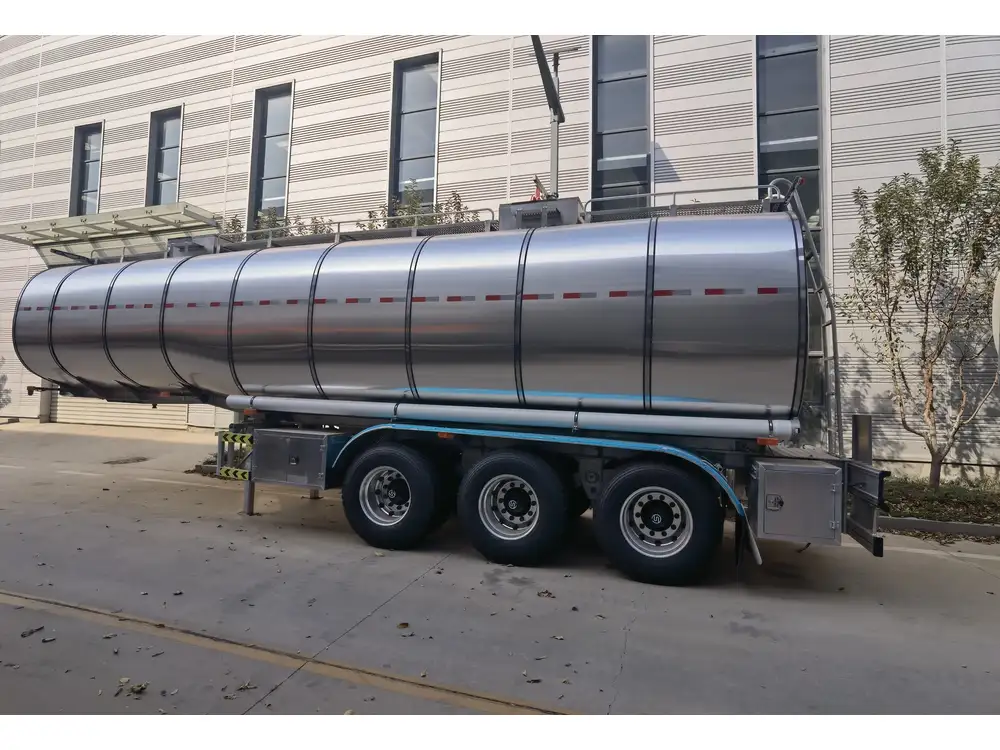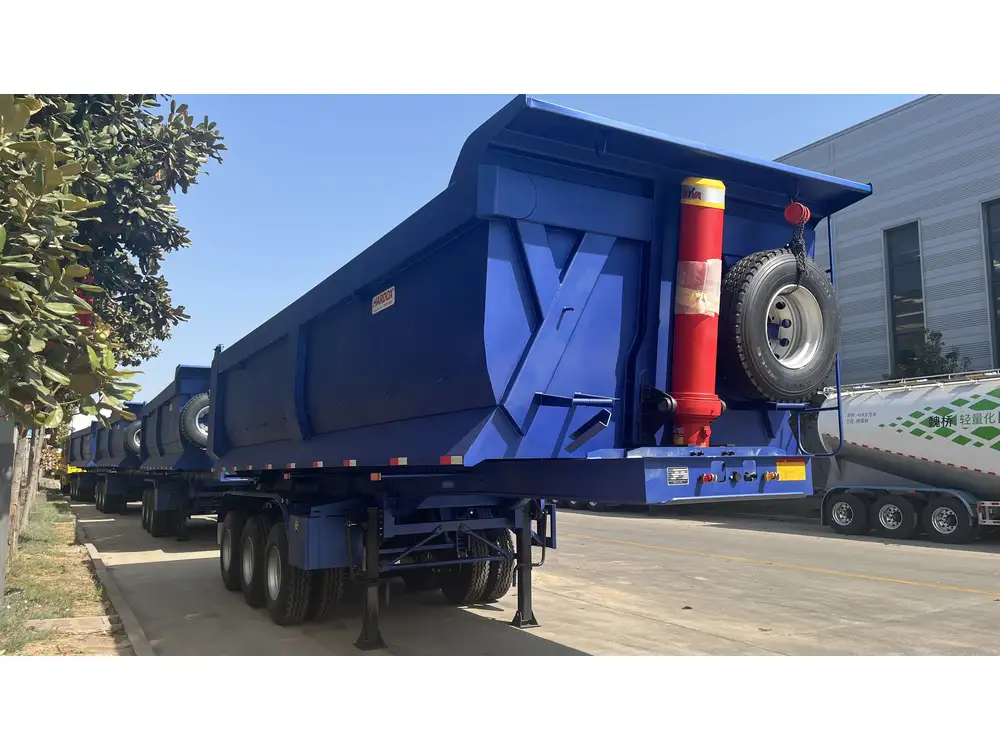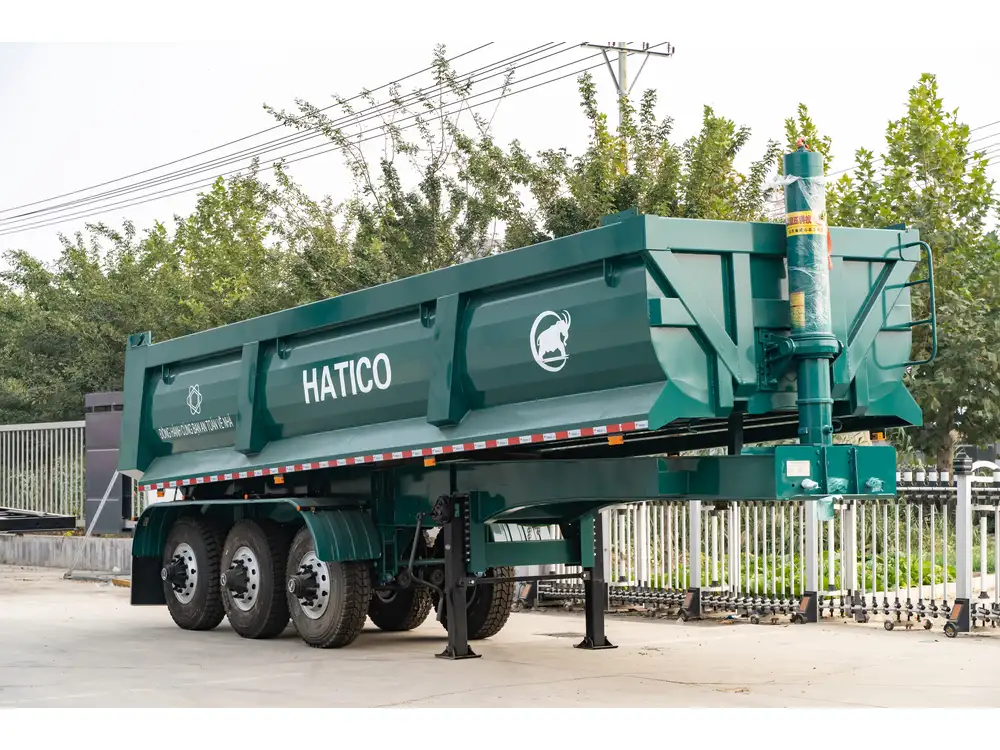Removing a hot water tank from your travel trailer can seem daunting, but with the right guidance and tools, it can be accomplished efficiently and safely. Whether you’re replacing a faulty unit, conducting maintenance, or converting your setup to a different heating method, this detailed guide is structured to help you navigate the process seamlessly.
Understanding the Components: An Overview of the Hot Water Tank
Before diving into the removal process, it’s essential to understand the structure of your hot water tank and its surrounding components:
| Component | Function |
|---|---|
| Water Heater Tank | Stores and heats water for your needs |
| Inlet and Outlet Pipes | Supply water to and from the tank |
| Anode Rod | Prevents corrosion inside the tank |
| Pressure Relief Valve | Ensures safe operation by releasing excess pressure |
| Thermostat | Regulates water temperature |
| Electrical or Gas Connection | Powers or fuels the heating element |
Safety First: Essential Precautions
Safety should always be your top priority when working with plumbing and electrical systems. Prior to removing the hot water tank, take the following precautions:
- Disconnect the Power Source: If your tank is electric, unplug it. For gas systems, turn off the gas valve.
- Turn Off Water Supply: Locate the main water supply valve and shut it off to prevent leaks.
- Drain the Tank: To avoid spills, drain the hot water tank completely.

Detailed Steps for Draining Your Hot Water Tank
- Locate the Drain Valve: It is typically found at the bottom of the tank.
- Attach a Hose: Connect a hose to the drain valve and run it to a suitable drainage area.
- Open the Valve: Allow the tank to drain fully—this can take some time.
- Remove Air Lock: Open a hot water faucet nearby to facilitate a complete drain.
Tools and Materials Needed
Preparing the right tools will simplify your removal process. Here’s a comprehensive list:
- Screwdriver Set: For removing screws on the panel and tank.
- Wrench Set: To disconnect pipes and fittings.
- Bucket or Hose: To catch any residual water.
- Tarp or Old Towels: To place under the tank to catch spills.
- Safety Goggles and Gloves: For personal protection.
Step-by-Step Guide to Remove the Hot Water Tank

1. Access the Hot Water Tank
First, locate where the hot water tank is positioned within your travel trailer. This is often in a storage compartment or utility area, accessible from the outside. In some models, you may need to remove an access panel.
- Remove Access Panel: If applicable, unscrew the cover carefully.
- Check for Obstructions: Ensure that there are no additional components blocking your access.
2. Disconnect Water Pipes
Next, you will need to detach the inlet and outlet water pipes connected to the tank.
- Identify the Inlet and Outlet: Typically, the inlet is at the bottom and the outlet at the top.
- Use a Wrench: Loosen the fittings without applying excessive force to avoid damaging the pipes.
- Cap the Pipes: After detaching the pipes, cap them or cover them to prevent leaks or contamination.
3. Disconnect the Anode Rod
If your hot water tank features an anode rod, it needs to be removed next. This step is crucial for ensuring that there is no corrosion present when you install the new tank.
- Locate the Anode Rod: Usually found at the top of the tank.
- Use a Socket Wrench: Remove it carefully, as it may require some effort if it hasn’t been replaced recently.

4. Remove the Pressure Relief Valve
Next, the pressure relief valve must be disconnected. This valve is crucial for safety during the tank’s operation.
- Unscrew the Valve: Use an appropriate wrench to loosen and remove it.
- Inspect the Valve: Check for signs of wear or damage, as a faulty valve can cause serious hazards.
5. Detach Electrical or Gas Connections
Depending on whether your hot water tank is electric or gas-operated, you will need to disconnect the corresponding power source.
For Electric Tanks:
- Unscrew the electrical connections using a screwdriver.
For Gas Tanks:
- Carefully detach the gas line following safety protocols. Use a wrench to loosen the fitting.
6. Final Steps: Remove the Hot Water Tank
After all connections have been safely detached, it’s time to remove the tank itself:
- Lift the Tank Out: With assistance, gently lift the tank out of its space. Be cautious, as it may still contain some residual water.
- Inspect the Area: Check for debris or signs of damage that may need addressing before installing a new tank.

Troubleshooting Common Issues
Trouble with Disconnecting Pipes
If the pipes won’t budge:
- Use penetrating oil to loosen rusted fittings.
- Apply heat with a heat gun (if safe to do so) to expand the metal and make disassembly easier.
Residual Water in the Tank
If the tank does not drain completely:
- Ensure that the relief valve is open.
- Consider raising the tank slightly while draining to encourage water flow.

Preparing for the Installation of a New Hot Water Tank
Before installing a new hot water tank, follow these guidelines to ensure a successful setup:
- Check Compatibility: Ensure that the new tank fits within the designated space and matches your trailer’s plumbing configuration.
- Inspect the Plumbing: Look for any leaks or damage in the pipes and fittings that may require repair.
- Read Manufacturer Instructions: Each tank will have specific guidelines that should be followed carefully during installation.
Tips for Maintenance of Hot Water Tanks in Travel Trailers
Once you successfully install a new hot water tank, maintain it adequately to ensure optimal performance and longevity. Here are some dependable practices:
- Regularly Flush the Tank: Remove sediment buildup by flushing the tank annually.
- Inspect the Anode Rod: Replace the anode rod every 3-5 years to prevent tank corrosion.
- Check for Leaks: Routinely inspect all connections and fittings for any signs of leaks or corrosion.
- Test the Pressure Relief Valve: Conduct a test annually to ensure it operates correctly.
Conclusion
Removing a hot water tank from your travel trailer requires careful planning, the right tools, and safety measures to ensure a smooth process. Whether you are replacing an old unit or conducting maintenance, following these detailed steps will simplify your project considerably.
Adhering to the practices outlined above will not only guarantee effective removal but also enhance the longevity and performance of your new hot water tank. Happy camping!



